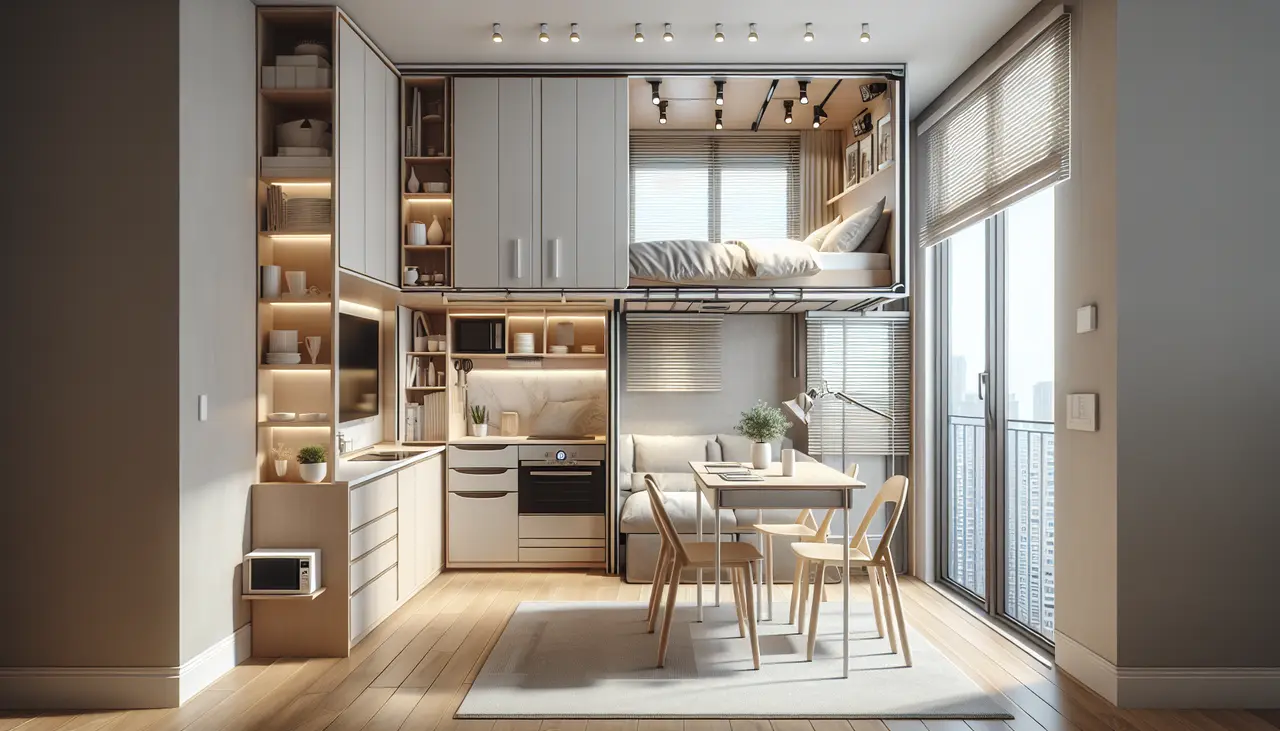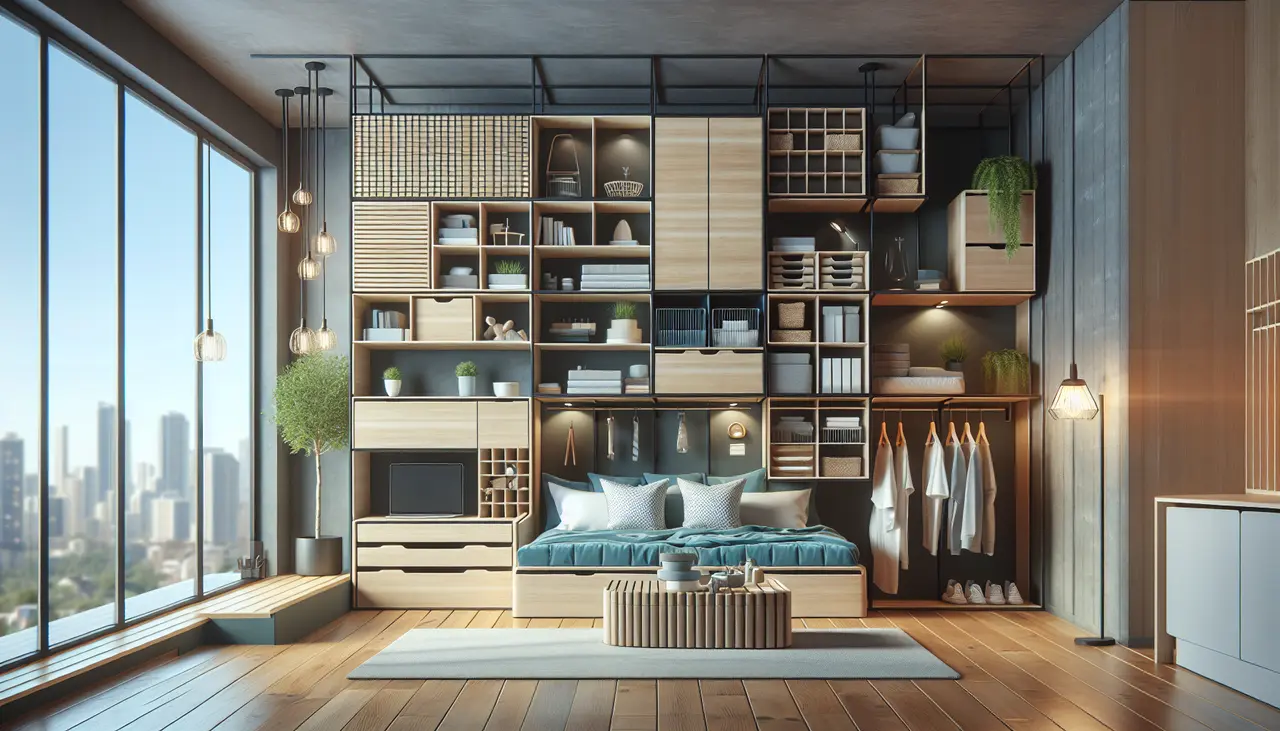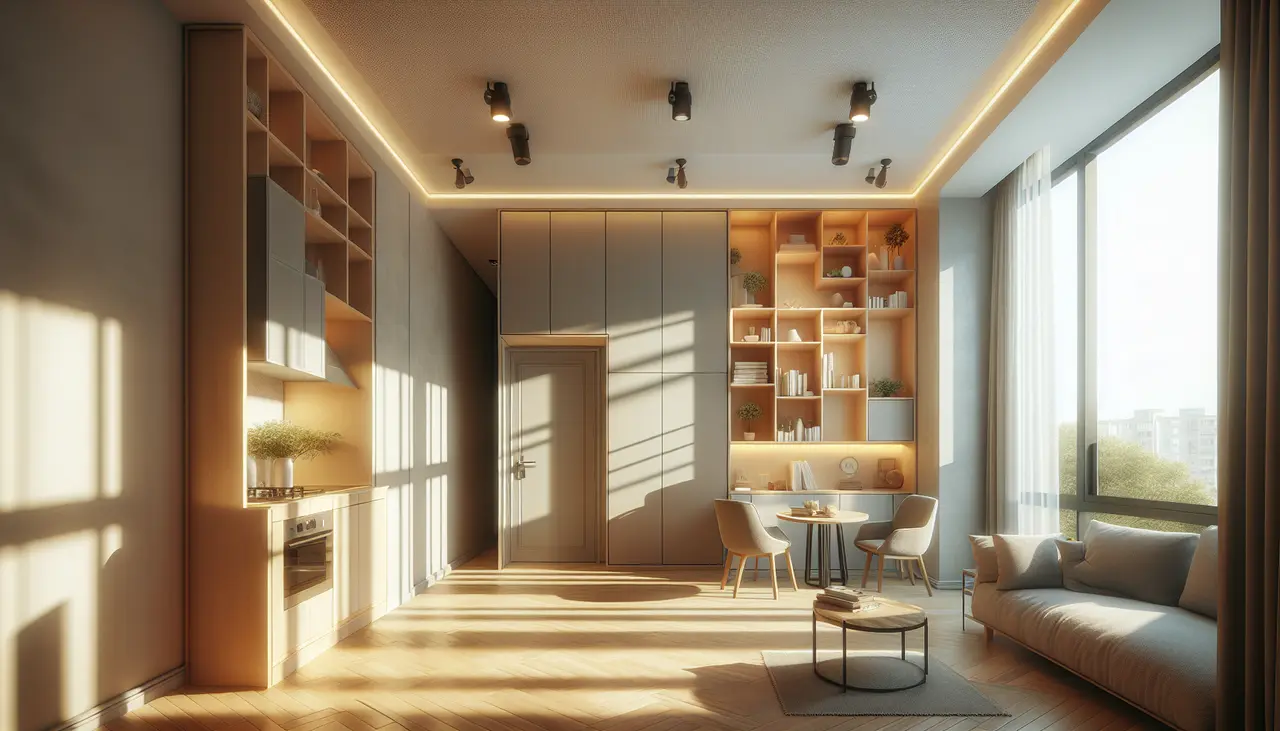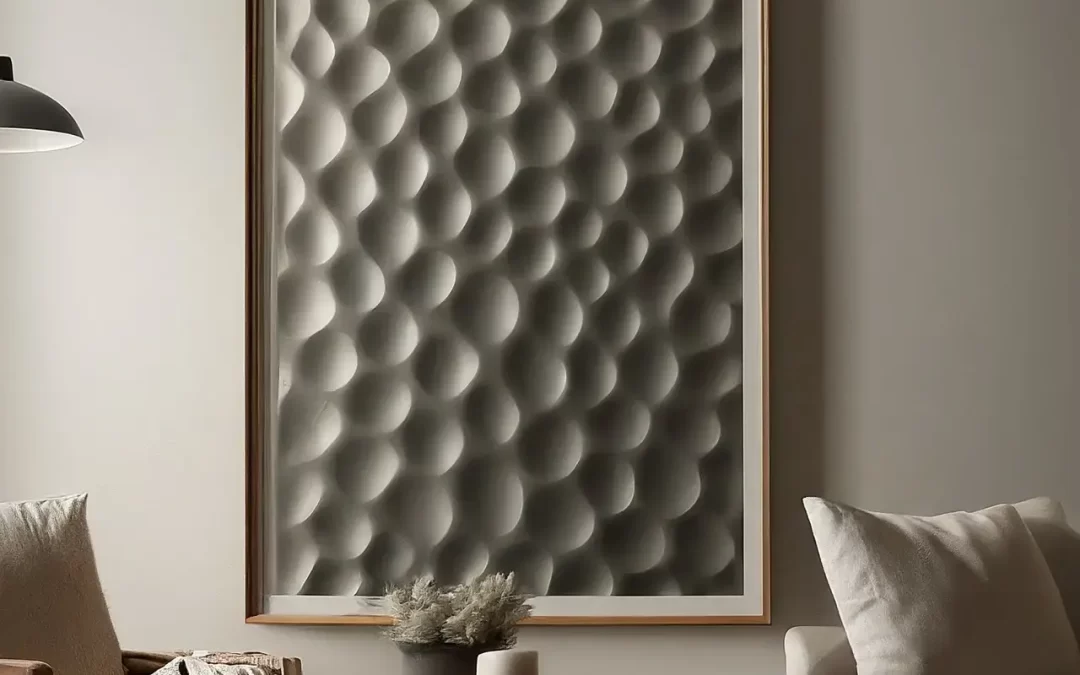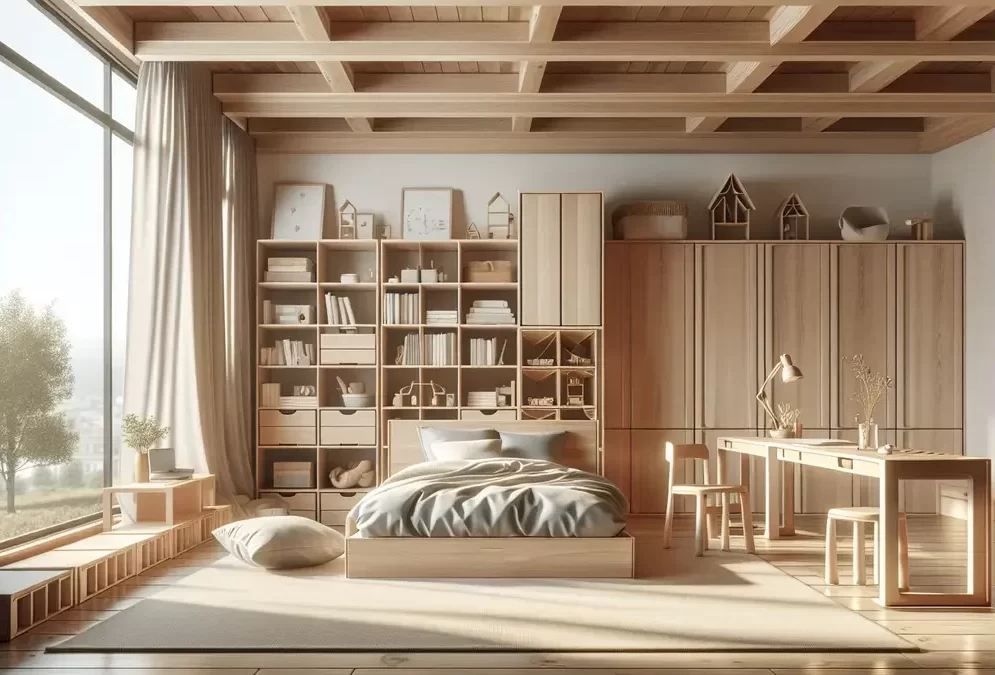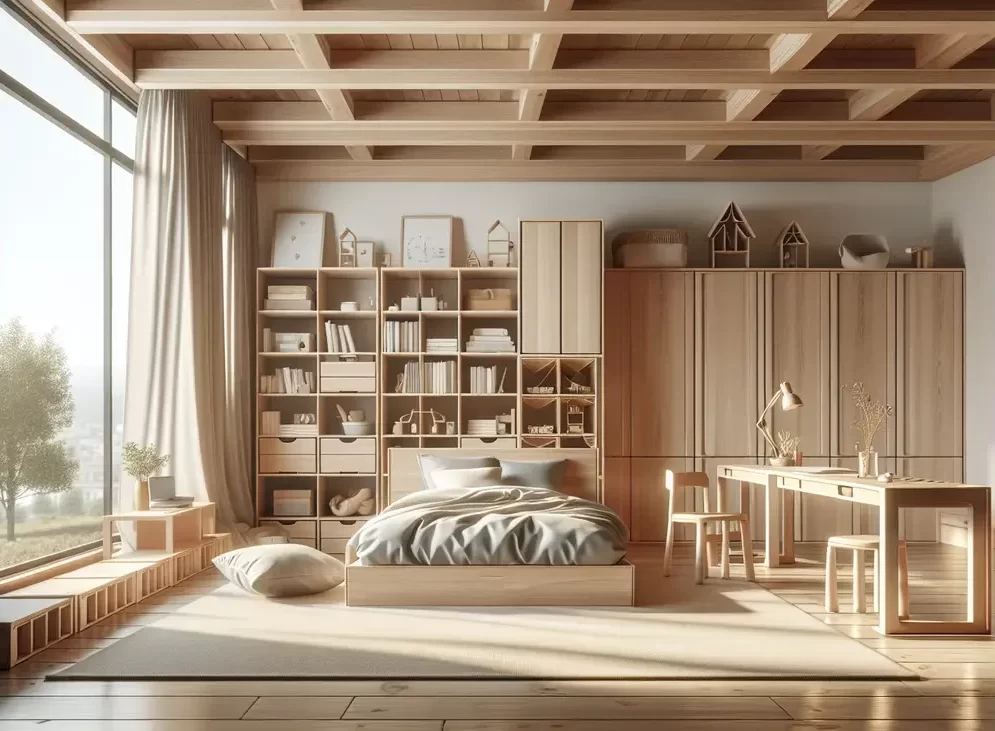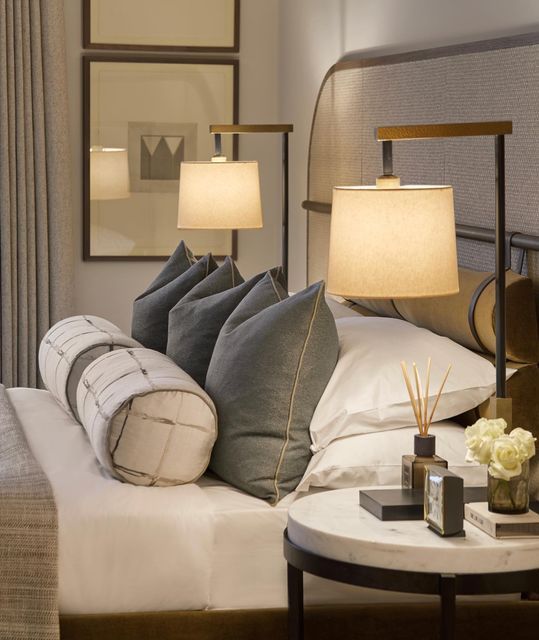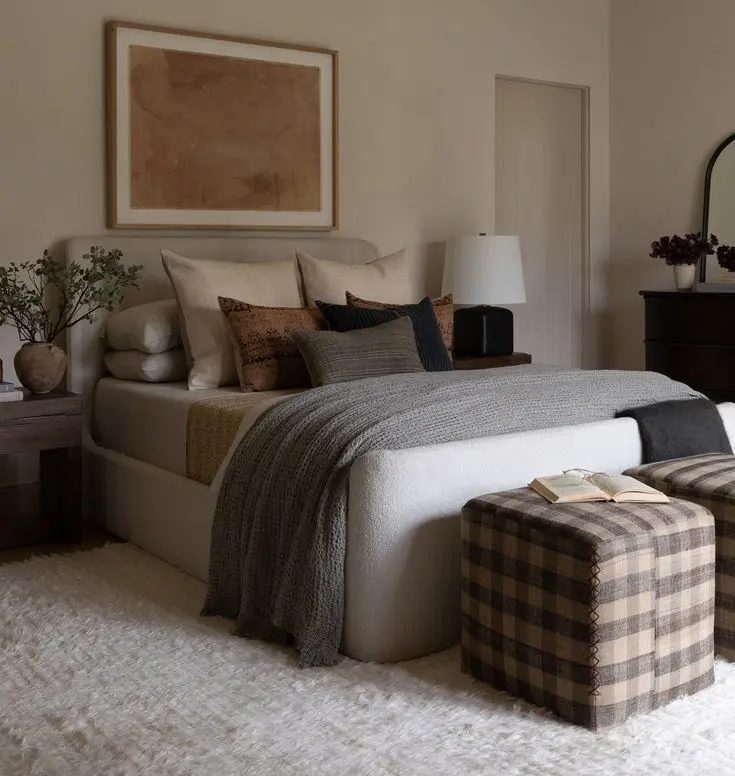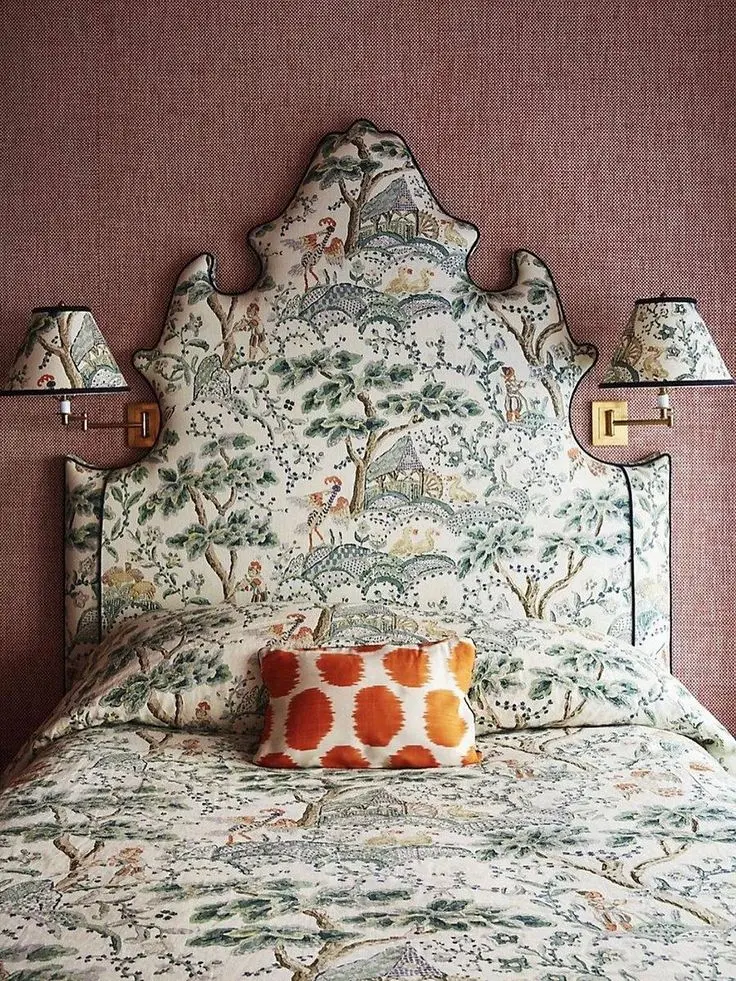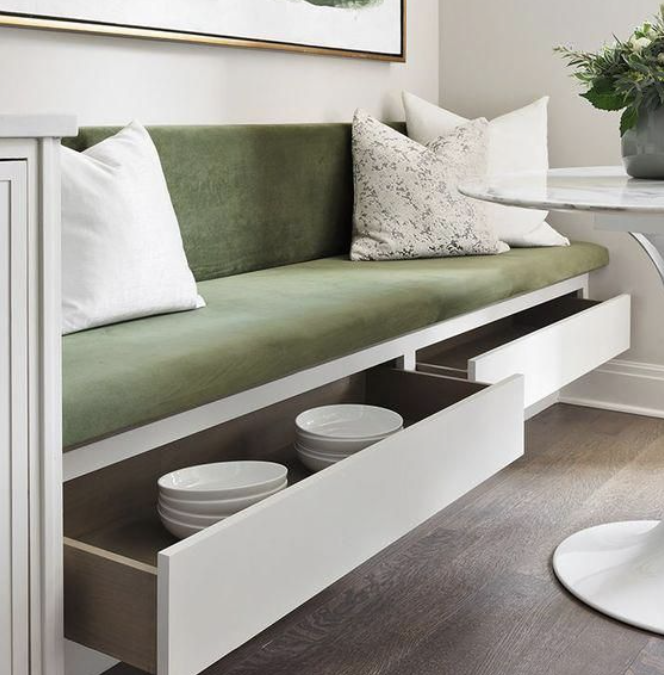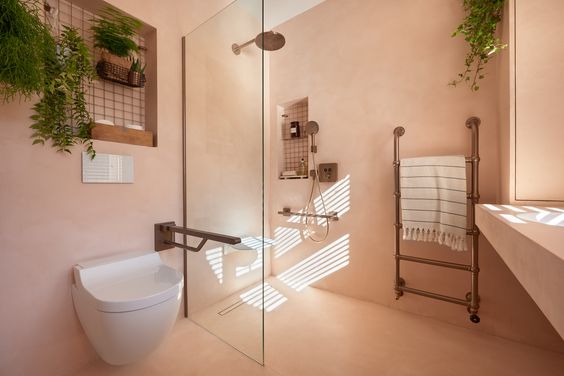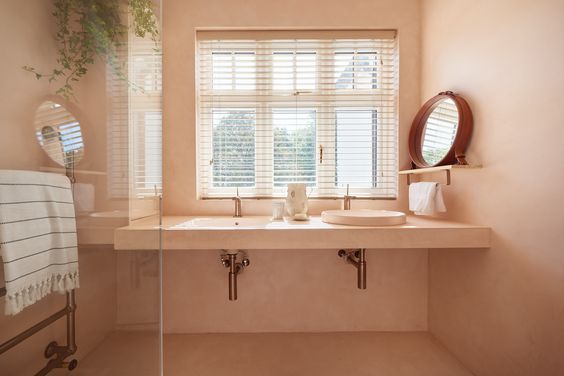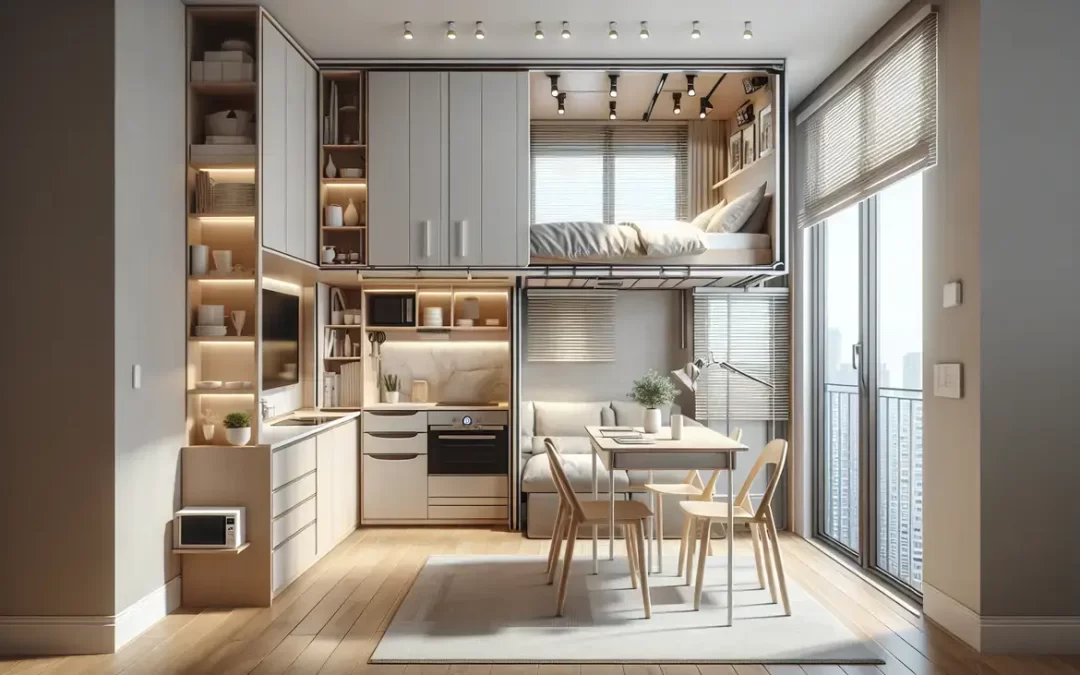
Bringing Life to Small Spaces: Innovative Interior Designs Solutions
Maximizing Small Spaces with Creative Design
The art of maximizing small spaces lies in smart, creative solutions that not only save space but also enhance the aesthetics of your home. Think vertical gardens, foldable furnishings, and multi-functional pieces that serve more than one purpose. By incorporating these innovative design ideas, even the most compact rooms can feel spacious and welcoming.
In the realm of small space living, every inch counts. That’s why built-in storage options, such as beds with drawers or seating with hidden compartments, can be a game-changer. It’s not just about finding a place for everything but doing so in a way that adds to the room’s charm and functionality.
Innovative Storage Solutions for Tiny Living
Gone are the days of bulky storage units that eat up valuable space. Today’s innovative storage solutions are all about blending seamlessly with your home’s decor. Picture wall-mounted shelves that turn your belongings into art, or staircases that double as bookshelves, offering not only a practical solution but a visually appealing one as well.
One cannot underestimate the power of hidden storage in transforming small spaces. When every item has a home, clutter disappears, and spaces open up. From under-the-floor compartments to ceiling-mounted cabinets, these ingenious storage solutions make it possible to keep your home organized and spacious.
Leveraging multi-functional furniture is key in small spaces. A coffee table that expands into a dining table or a sofa that turns into a bed can significantly increase the functionality of your living area without requiring additional square footage. It’s about making the most of what you have by choosing pieces that work harder for you.
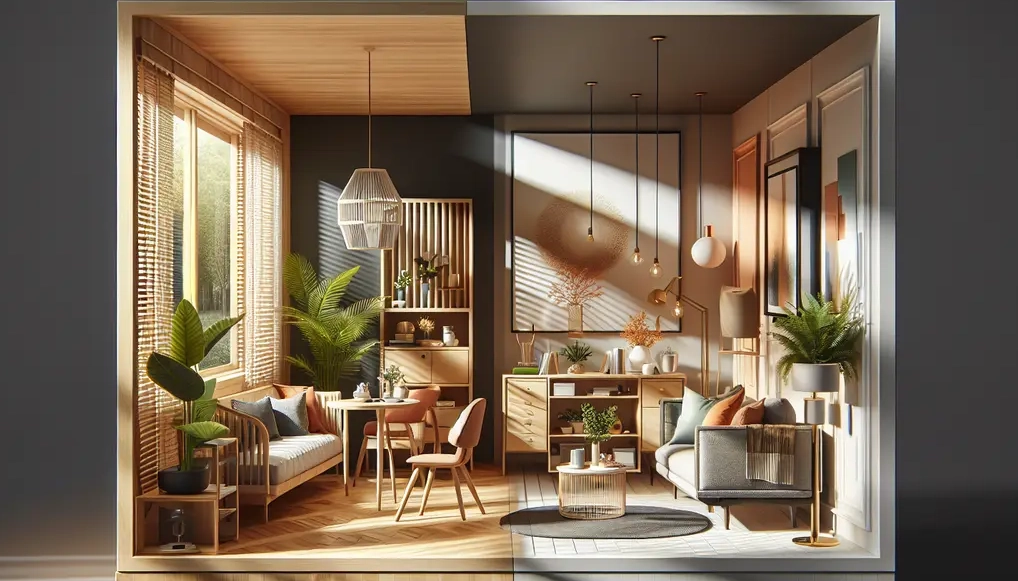
The Role of Color and Light in Small Interiors
Color and light play pivotal roles in the perception of space. Light, pale hues can make a room feel larger and more open, while strategic lighting can create depth and dimension. Incorporating reflective surfaces like mirrors can also amplify natural light, making a small room feel airy and spacious.
The magic of color psychology can transform a space not only physically but also emotionally. Choosing the right color palette can influence the mood of the room, making it feel calm, cozy, or vibrant. With thoughtful color and lighting, limited spaces can be turned into inviting sanctuaries that reflect your personal style.

Furniture That Multi-tasks for Space Efficiency
In the quest for maximizing small spaces, furniture that multi-tasks is your best ally. Designs that consider limited space can drastically improve the functionality of an area. From beds with hidden desk compartments to ottomans that offer both seating and storage, the options are endless for creating a versatile living space.
Choosing the right multi-functional furniture requires a balance between form and function. It’s not only about how a piece looks but also how it works within your space. By selecting pieces that serve multiple purposes, you can reduce clutter and create a more organized, spacious home environment.
With a touch of creativity and the right innovative interior designs solutions, even the smallest spaces can exude comfort, style, and practicality. Embark on a journey to transform your compact home into a spacious retreat, embodying the essence of modern living with ingenious design at its core.
Get Started Today
Let Rachel Blindauer help you think through your project starting with a complimentary consultation.
Something for Everyone
Rachel’s curated collection of furniture, decor, and kitchen items accessible through Amazon.

